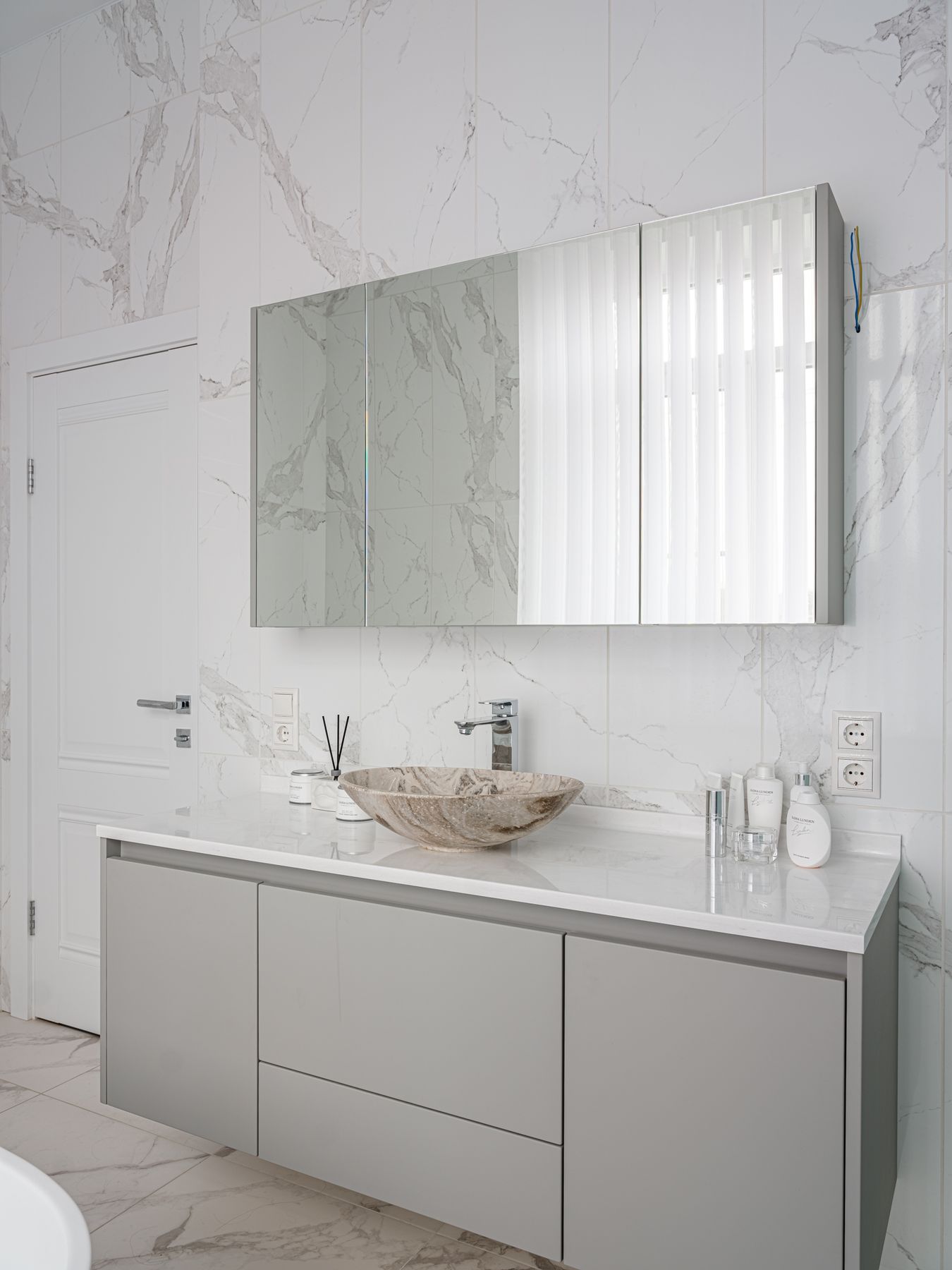
Culinary Spaces Reinvented Exquisitely
A New Era of Culinary Design
The culinary world has undergone a remarkable transformation, with spaces once deemed purely functional now standing as centers of creativity and social interaction. Today's culinary spaces are reimagined to exude beauty, efficiency, and an experiential atmosphere that goes beyond the preparation and consumption of food. Designers and chefs alike are innovating these spaces to appeal to the tastes of culinary enthusiasts who crave both aesthetic appeal and gastronomic excellence.
Innovative Layouts and Functionality
One of the key aspects of this reinvention lies in the layout of culinary spaces. Open-plan kitchens have become increasingly popular, enabling seamless interaction between chefs and diners. This architectural breakthrough invites an inclusive experience, turning meal preparation into a performance that engages the senses. Furthermore, multi-functional islands and smart storage solutions ensure that every utensil and appliance has a home, creating a streamlined environment that professional chefs and home cooks alike can enjoy.
Aesthetic Cues from the World of Art
Nestled within these design-forward culinary spaces are also strong influences from the world of art. Bold color palettes, sculptural lighting fixtures, and curated collections of art and utensils serve not only functional purposes but also transform the spaces into living galleries. The choice of materials, such as natural stone, rich woods, and tactile metals, enhances the sensory experience, while also creating durable surfaces for culinary endeavours.
Technology Meets Tradition
Advanced technology is another cornerstone in the evolution of culinary spaces. State-of-the-art appliances imbued with smart technology lend a helping hand, from precision cooking to the seamless management of kitchen inventory. Yet, even with this technological integration, there is a respectful nod to tradition with the preservation of time-honored cooking methods and the inclusion of heirloom tools, ensuring that the soul of culinary artistry is never lost.
Emphasis on Sustainability and Wellness
A focus on sustainability and wellness has also taken center stage in the design of modern culinary spaces. Environmentally friendly materials, energy-efficient appliances, and waste-reducing practices reaffirm the commitment to a healthier planet. Moreover, the incorporation of indoor herb gardens and spaces for composting connect the kitchen to nature and promote a lifestyle that values fresh, wholesome ingredients and sustainability.
Seamless Indoor-Outdoor Transitions
The lines between indoor culinary spaces and the great outdoors are increasingly being blurred. With the rise of outdoor kitchens and dining areas, the pleasures of cooking and eating are not confined by walls. Full-service al fresco kitchens boasting all the amenities of their indoor counterparts offer a unique and refreshing culinary experience that celebrates outdoor living. Natural light, fresh air, and the beauty of surrounding landscapes enhance the overall dining experience and provide an idyllic backdrop for culinary mastery.
Conclusion
The exquisite reinvention of culinary spaces is a testament to the evolving desires and needs of those who take pleasure in culinary pursuits. These spaces celebrate the fusion of design, function, technology, and nature, creating harmonious environments that inspire creativity and foster social interactions. As designers continue to push the boundaries of what a culinary space can be, we can expect these heart-of-the-home areas to remain at the forefront of innovation, style, and comfort.